Emerging Japanese Photographers
(Originally posted: 7/28/08 ~ 8/01/08)
PART 1
I was inspired by all the great work I’ve seen recently coming out of a generation of emerging Japanese photographers; lot’s of interesting perspectives that typically were not seen in Japanese photography. I’ve decided to record those observations here in a weekly series on emerging Japanese photographers, perhaps with occasional distractions 😉
So, without further ado, I give you Lieko Shiga.
Images courtesy of Konica Minolta
Born in 1980, Shiga left Japan during college to pursue her studies of photography at the Chelsea College of Art & Design in London. Her largely participatory works stray from more traditional Japanese styles, which tend to avoid interaction. For example, the top image is from “Canary,” a series of locations that are almost like a travelogue; places that were indicated in answers from questions posed to various residents in Japan, Australia and Singapore. “Lilly” (bottom image) is also a series of ambitious photographs in which residents of public housing projects were used. Those photographs were then re-shot to create multi-layered exposures.
PART 2
Yukikazu Ito graduated from Nihon University College of Art and went on to establish his own photo studio in 2000. He has several photobooks under his belt already so it could be argued that he has already “emerged,” but I’m including him in this series based on the fact that he is still in an early stage of his career and I’ve been very impressed at how his work has developed.
Images courtesy of Nikon
Ito’s images of Tokyo Bay, are reminiscent of Hiroshi Sugimoto’s Seascapes from the 1980s. And while Sugimoto’s images are calming in their assessment of air, water and life, Ito’s, on the contrary, are eerie and foreshadowing. Perhaps it is the context in which the artist positions his images as being of Tokyo Bay; directly behind us, cut out of our vantage point, lies one of the worlds largest metropolitan cities. The fact that 2 worlds are (viciously?) colliding, and yet we are excluded from all the action, is particularly unnerving.
Ryo Owada received his undergrad and MFA from Tokyo Polytechnic. His name first traveled abroad when he participated in the “ReGeneration.50 Photographers of Tomorrow” exhibit at the musee de l’Elysee. His first solo exhibition, World of Round, also received a lot of attention.
I thought it would be interesting to compare seascapes since yesterday we looked at those of Yukikazu Ito and Hiroshi Sugimoto. It’s amazing how 3 seemingly similar images can convey such different messages. Ryo Owada’s image below, from the series, “Sense of Beauty,” feels the most calming, and in a way, most insignificant. Maybe it’s just me, but it seems intentional.
Also from the same series…
All images courtesy of DEX
What I like about Owada’s images are that they capture moments in time as if it is the only moment.
PART 4
Gentaro Ishizuka is, for the most part, self-taught in the art of photography. After dropping our of the prestigious Waseda University Ishizuka traveled through 60 countries from the likes of Sri Lanka to Germany, recording his travels using his camera. He also participated in the Gelatin Silver Sessions, which I wrote about a while back.
His upcoming show, “Inner Passage” is at the Gallery White Room and opens on August 1st. The show consists of a series of images taken from a canoe floating down the waterways that so quietly infiltrate the booming metropolis known as Tokyo.
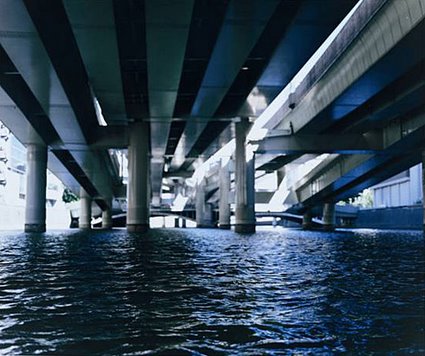
Image courtesy of Gallery White Room
Below is an image from a previous show entitled “You went too far north,” in which the artist captures his intrigue towards an oil pipeline – a vein that pumps blood into our industrialized modern society – that spans the desolate land of Alaska.
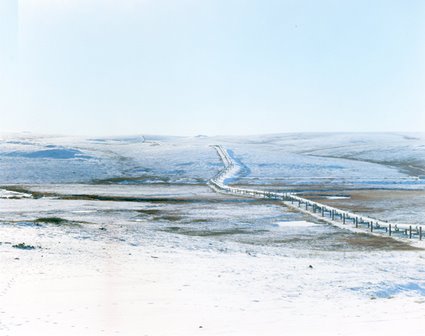
image courtesy of gallery sora
PART 5
Ah the end of the week. And with many many distractions along the way I`ve made it to the end of my week-long series. I was saving this photographer for last, not necessarily the best, but the most dramatic… because I need a little drama in my life.
Atsushi Okada recently completed a PhD program in fine arts at Tokyo Polytechnic. He first received critical acclaim in 2003 for “Platibe,” a dispirited look at youth, attempting to define themselves in modern day society.
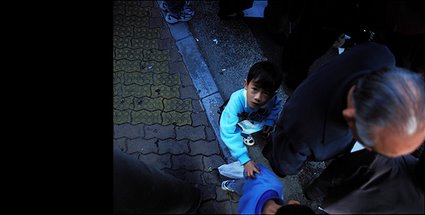
image courtesy of Atsushi Okada
For his most recent project, which was on display at B GALLERY earlier this year, Okada returns to his roots, calling on Japan’s youth from around the country to model for him. Models included young teenagers and youth who had been hurt by others, or who had hurt themselves, or even attempted suicide. There has been a lot of discussion in the media lately (actually in recent years) about Japan’s youth and how they are more unstable, and how, as a result, Japan’s legendary status as a crime-free society has been called into question.
Everyone has a theory, whether it be western influence or video games and comics that desensitize you towards violence. I have no idea what’s going on, if anything. However, art can often be a means of healing, and I think that is exactly what Okada is proposing here.
images courtesy of konika minolta
PART 6
This is a follow-up to my series last week. If you are interested in any of the photographers I mentioned, most of them have recently published their own photo books and can be purchased a Amazon Japan, one of the few vendors who will ship their products overseas!

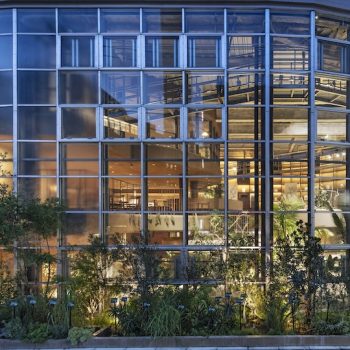
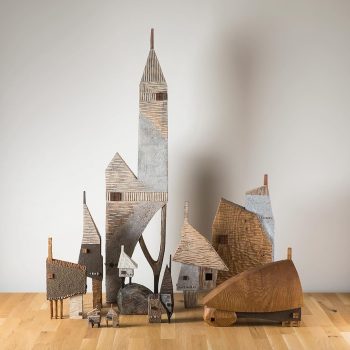
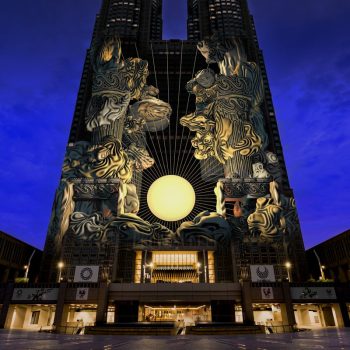
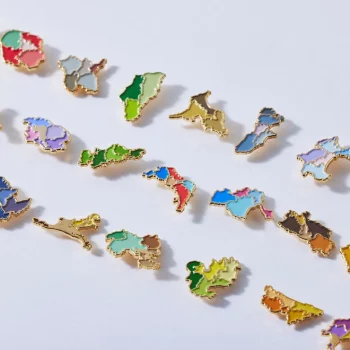
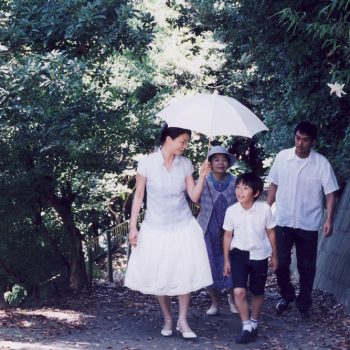
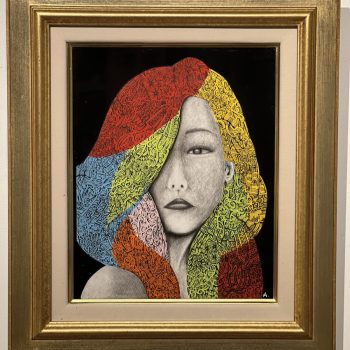
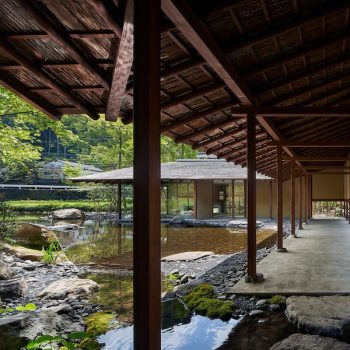
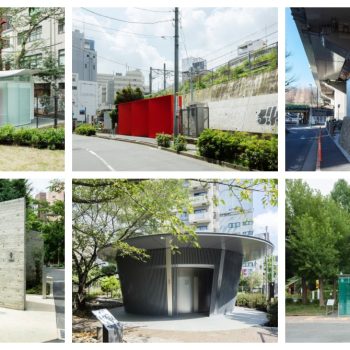
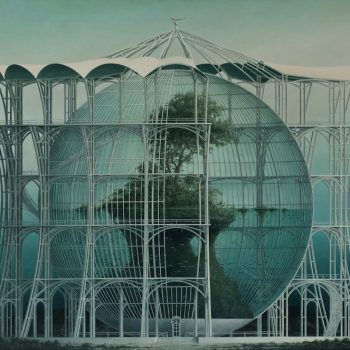
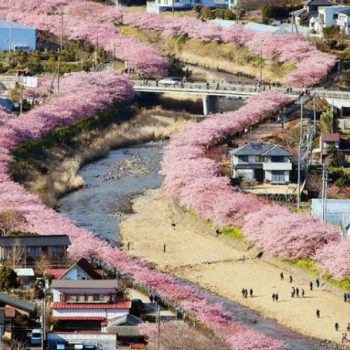








Leave a Reply